Gender theory: Studio Nicholson launches its debut menswear collection
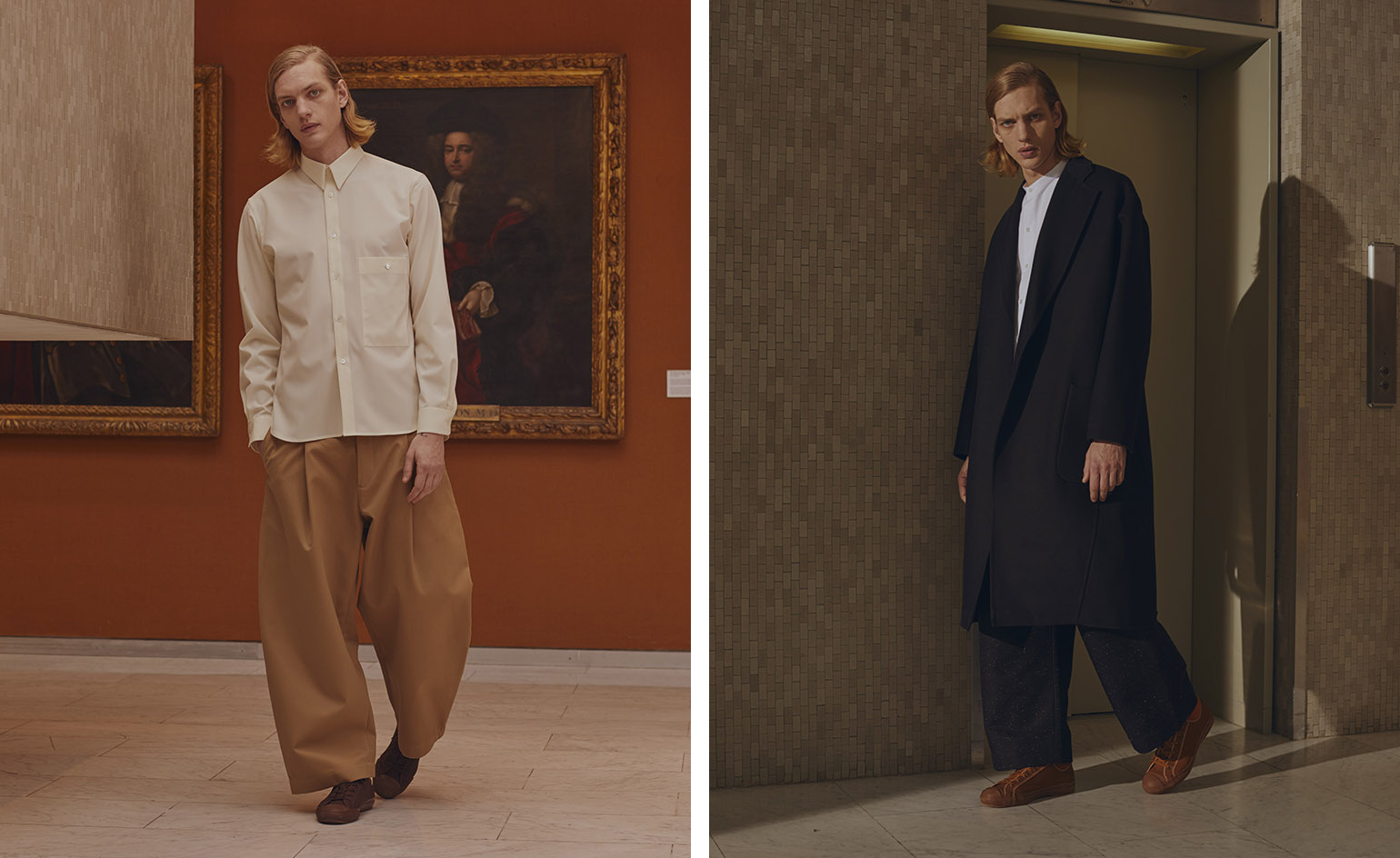
Timeless, unisex and minimalist are fashion’s current go-to adjectives. Boring clothes hide behind these words.
To the lazy eye, Studio Nicholson’s understated, structured cool is the very definition of ageless and gender-free but it’s more complicated than that. Established by Nick Wakeman in 2010, the cult label launches its debut menswear collection online this week. ‘I was beside myself with worry that it would be either camp or boring,’ Wakeman says. ‘For me there is nothing in the middle.’
The refusal to embrace the unisex tag is a radical move at a non-binary, he/she/they moment. The recent S/S 2018 menswear shows in London were a riot of gender-defying festivities as designers from Art School to Edward Crutchley stripped clothes of their normative bias by showing dramatic mantuas, fitted lace dresses and kitten heels.
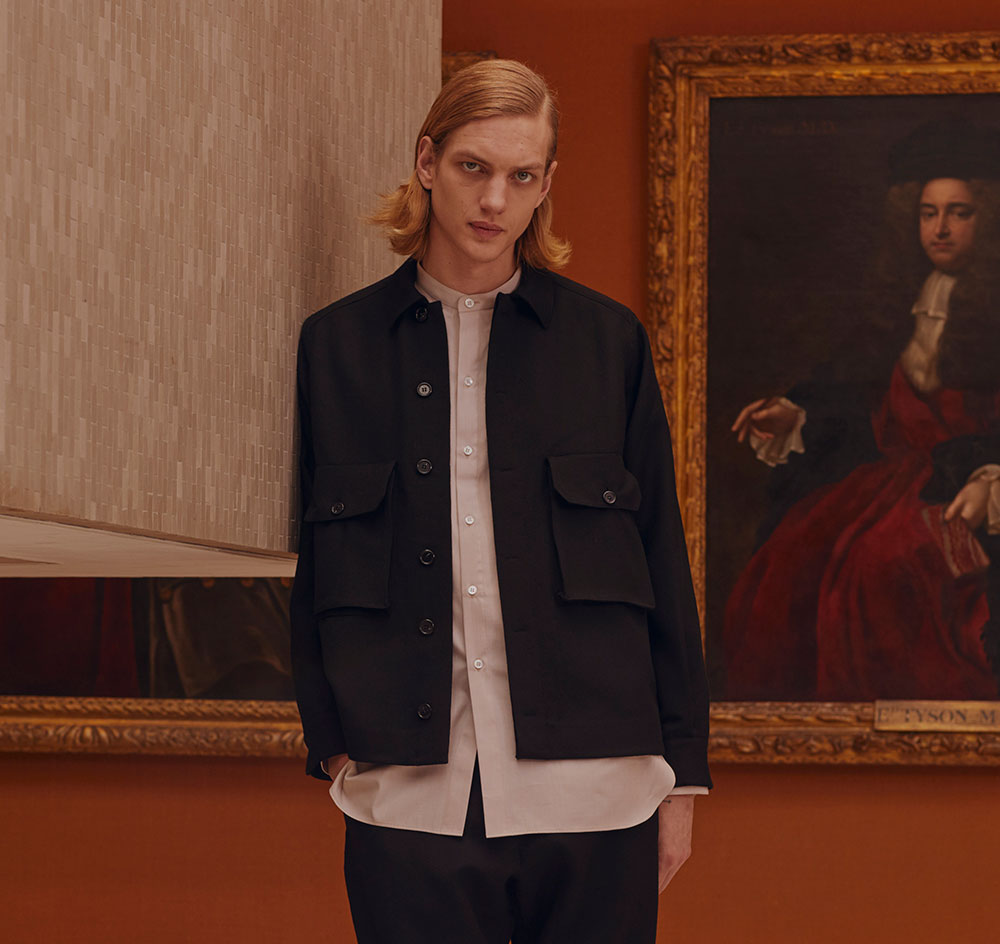
A look from Studio Nicholson’s new menswear line
Wakeman says, ‘I believe in a kind of universal clothing, yes, but not where men look very feminine. And when I first started I had words like “effortless” in my head but all of those words are overused now. They mean nothing to me.’ The line identifies with key style moments from the 1980s; a cocooning coat in English Herringbone is influenced by Talking Heads’ David Byrne, pleat-front trousers in gabardine a nod to Bowie.
The success of Studio Nicholson lies in its modular approach to dressing; one shirt and a pair of trousers sit at the core. ‘I have always worn a Levi’s 501 jean, a men’s tailored jacket, a men’s shirt that I would have tailored to fit. That’s why I started the label. I always use menswear fabrics. No embellishments,’ she says. ‘There’s a real question if a man can wear womenswear and of course, yes he can. But a garment is put together in a certain way for a man and a certain way for a woman – plackets are on the right side and flies do up – from a cutting and making point of view, it is different. And I like the fact that there is a definition there.’
Just two pieces appear in both the men’s and womenswear collections, differentiated only by their style number. This is more about time than timelessness. ‘When I am in Japan, I am always really fascinated by the old guys who have had their clothes for 50 years – they are pressed, washed, laundered to such perfection that they look really new. Those clothes are much more desirable than anything you can buy off a rail,’ Wakeman says. ‘But, I’m particularly critical. If I woke up and thought everything was great, god, that would be the worst. There’d be no point! Always, it has got to be better and better and better.’
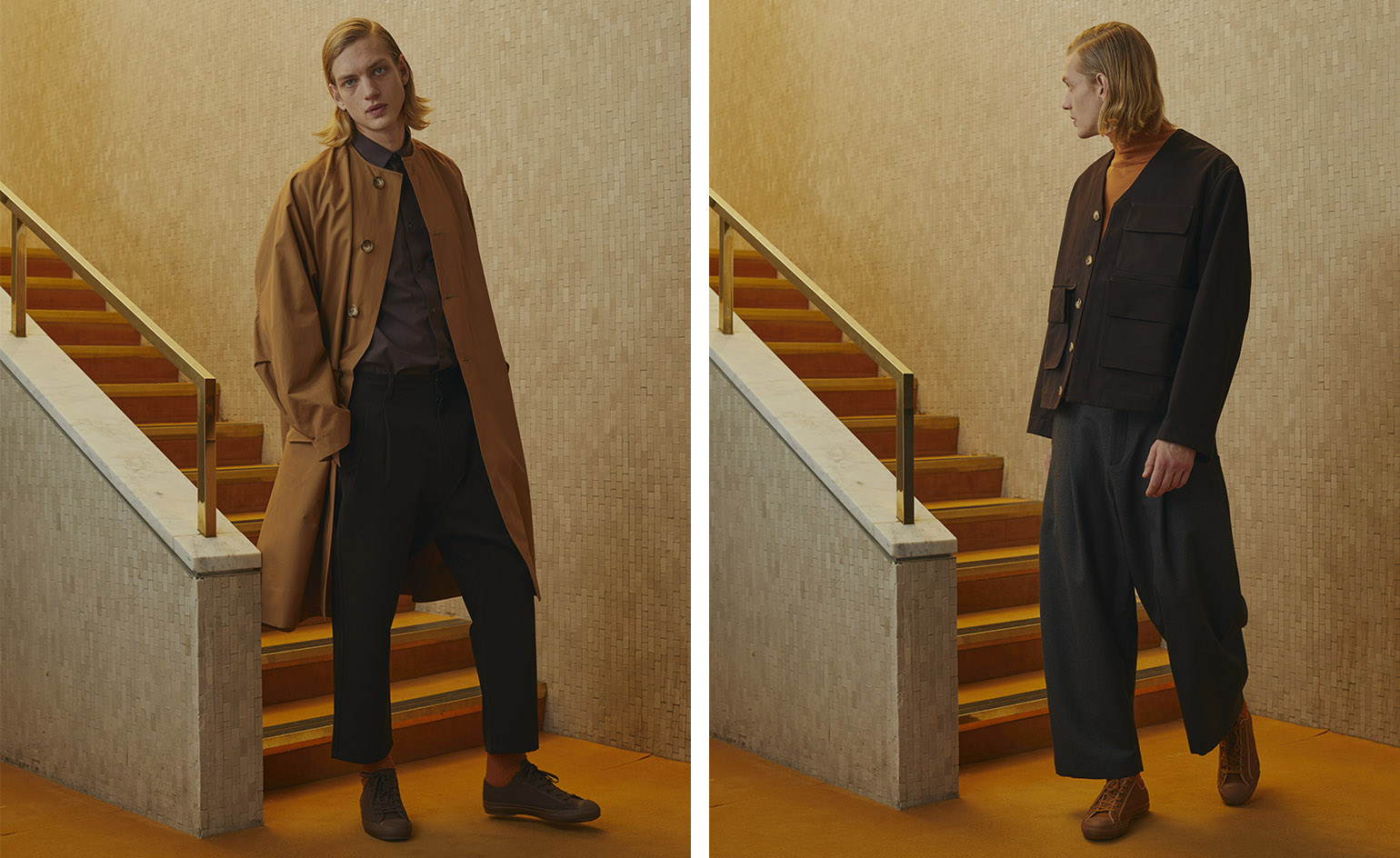
The brand’s founder Nick Wakeman was inspired by the clothing of musicians, including garments worn in the nineties by David Bowie and David Byrne
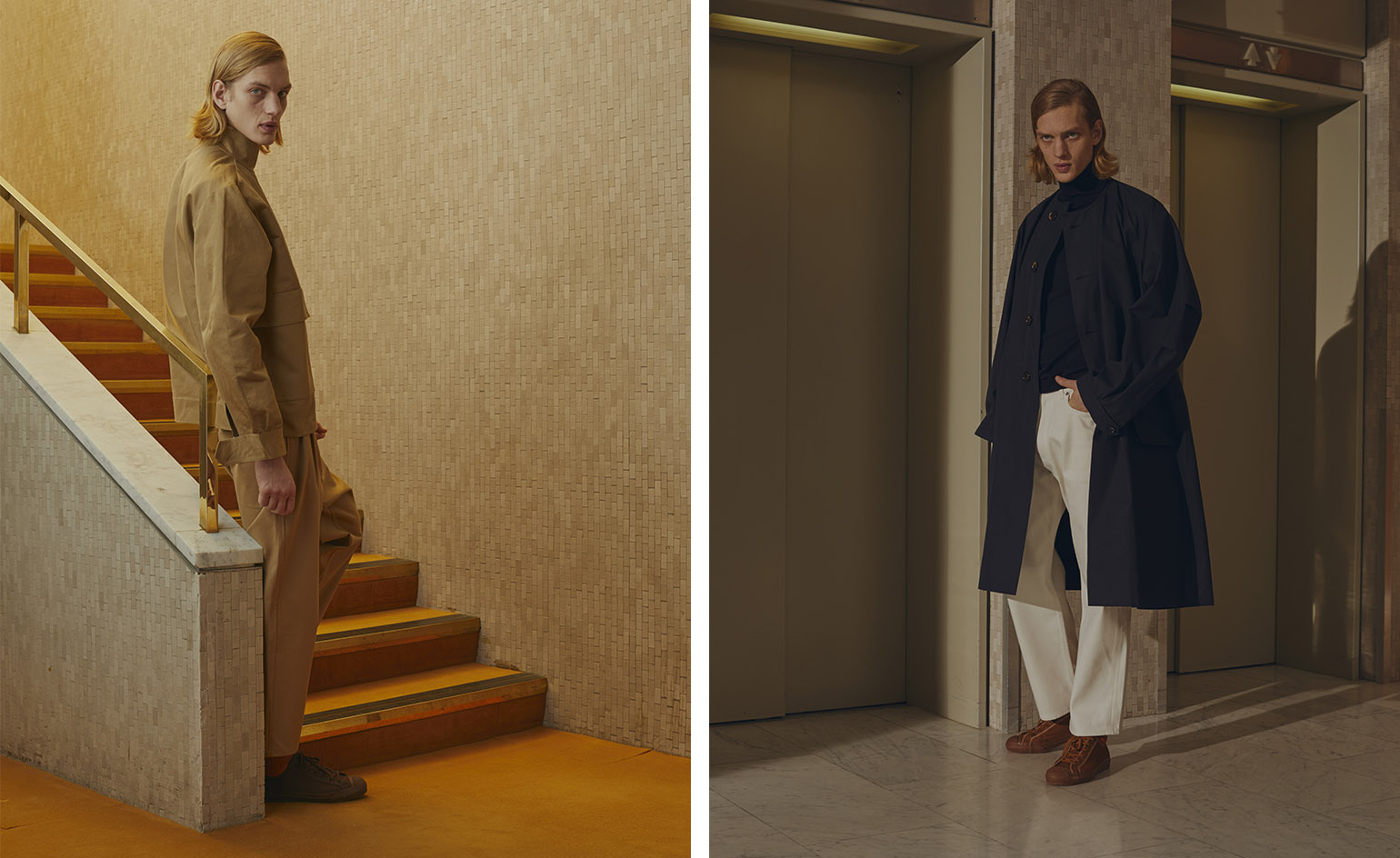
The cult label was established in 2010, and is renowned for its embellishment-free approach to design
INFORMATION
For more information, visit the Studio Nicholson website
Wallpaper* Newsletter
Receive our daily digest of inspiration, escapism and design stories from around the world direct to your inbox.
London based writer Dal Chodha is editor-in-chief of Archivist Addendum — a publishing project that explores the gap between fashion editorial and academe. He writes for various international titles and journals on fashion, art and culture and is a contributing editor at Wallpaper*. Chodha has been working in academic institutions for more than a decade and is Stage 1 Leader of the BA Fashion Communication and Promotion course at Central Saint Martins. In 2020 he published his first book SHOW NOTES, an original hybrid of journalism, poetry and provocation.
-
 Tour the best contemporary tea houses around the world
Tour the best contemporary tea houses around the worldCelebrate the world’s most unique tea houses, from Melbourne to Stockholm, with a new book by Wallpaper’s Léa Teuscher
By Léa Teuscher
-
 ‘Humour is foundational’: artist Ella Kruglyanskaya on painting as a ‘highly questionable’ pursuit
‘Humour is foundational’: artist Ella Kruglyanskaya on painting as a ‘highly questionable’ pursuitElla Kruglyanskaya’s exhibition, ‘Shadows’ at Thomas Dane Gallery, is the first in a series of three this year, with openings in Basel and New York to follow
By Hannah Silver
-
 Australian bathhouse ‘About Time’ bridges softness and brutalism
Australian bathhouse ‘About Time’ bridges softness and brutalism‘About Time’, an Australian bathhouse designed by Goss Studio, balances brutalist architecture and the softness of natural patina in a Japanese-inspired wellness hub
By Ellie Stathaki
-
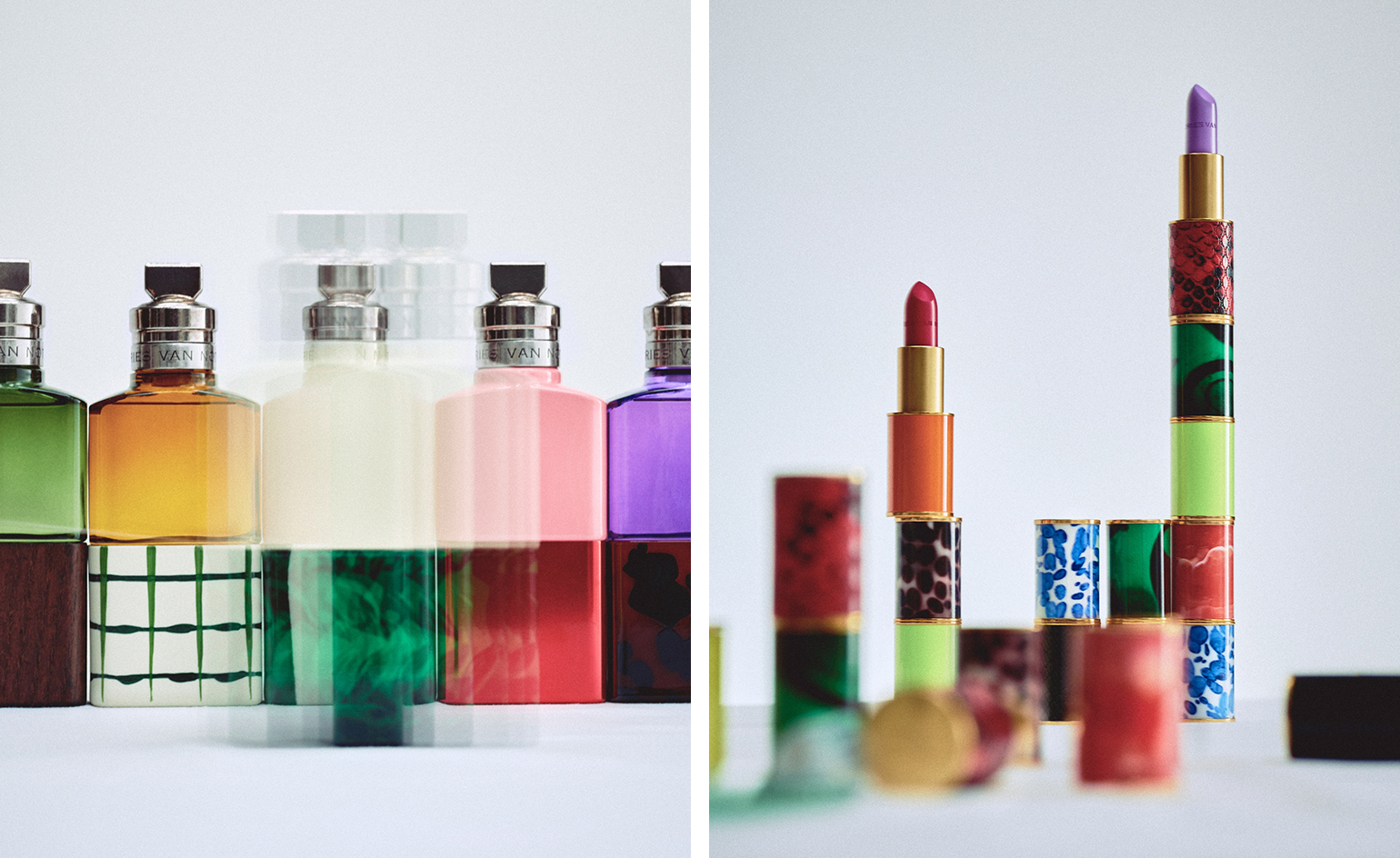 Exclusive interview: Dries Van Noten on launching his new beauty line
Exclusive interview: Dries Van Noten on launching his new beauty lineIn an exclusive interview, the Belgian designer shares the story behind the creation of Dries Van Noten Beauty
By Mary Cleary
-
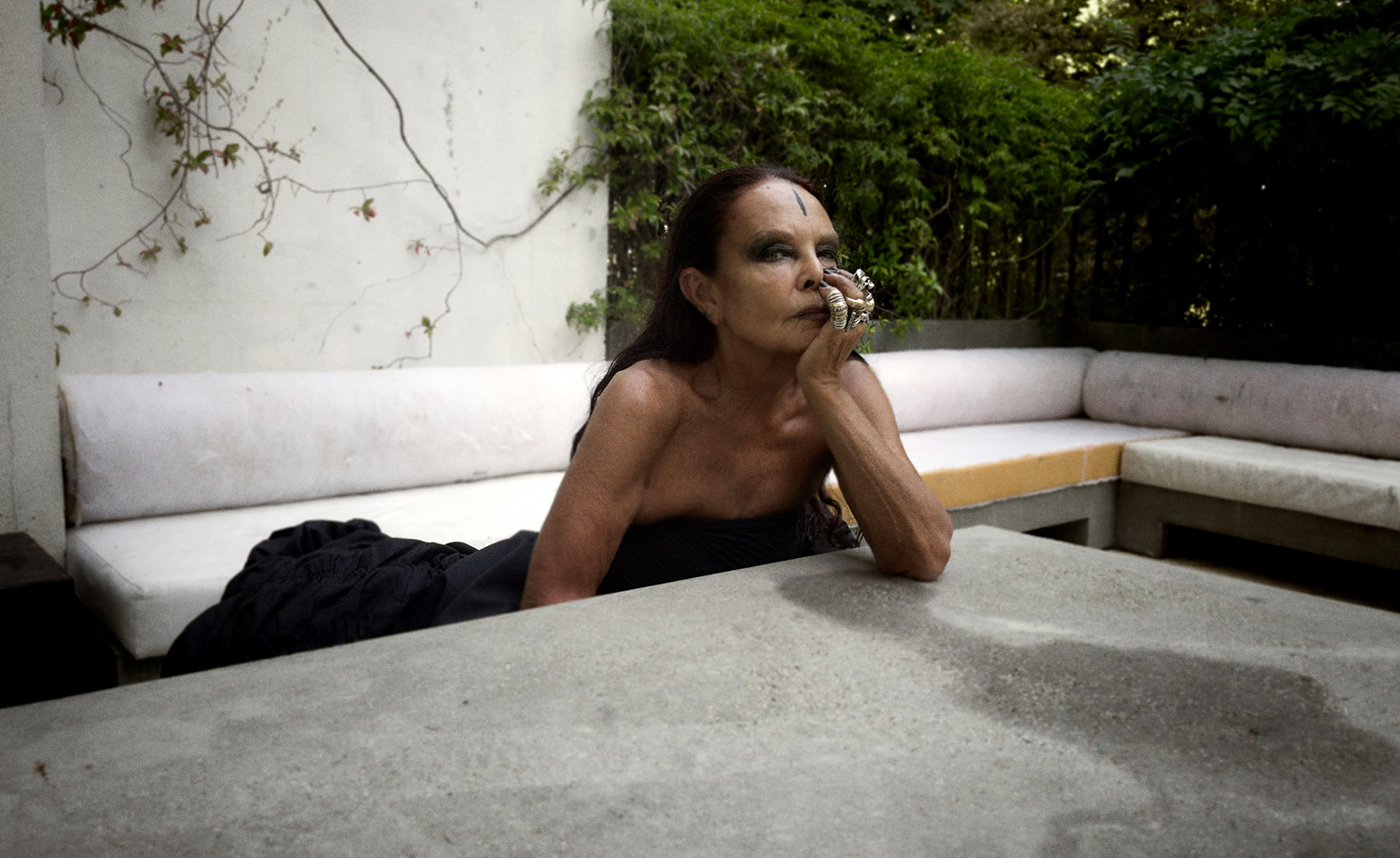 Michèle Lamy, agent of change, on the artists to lead us into the future
Michèle Lamy, agent of change, on the artists to lead us into the futureCo-founder of Owenscorp, artist, performer, agent of change: Michèle Lamy on her conduits to co-creation, and five creatives who can lead us into the future – whom she champions as part of Wallpaper’s 25th anniversary ‘5x5’ project
By Dal Chodha
-
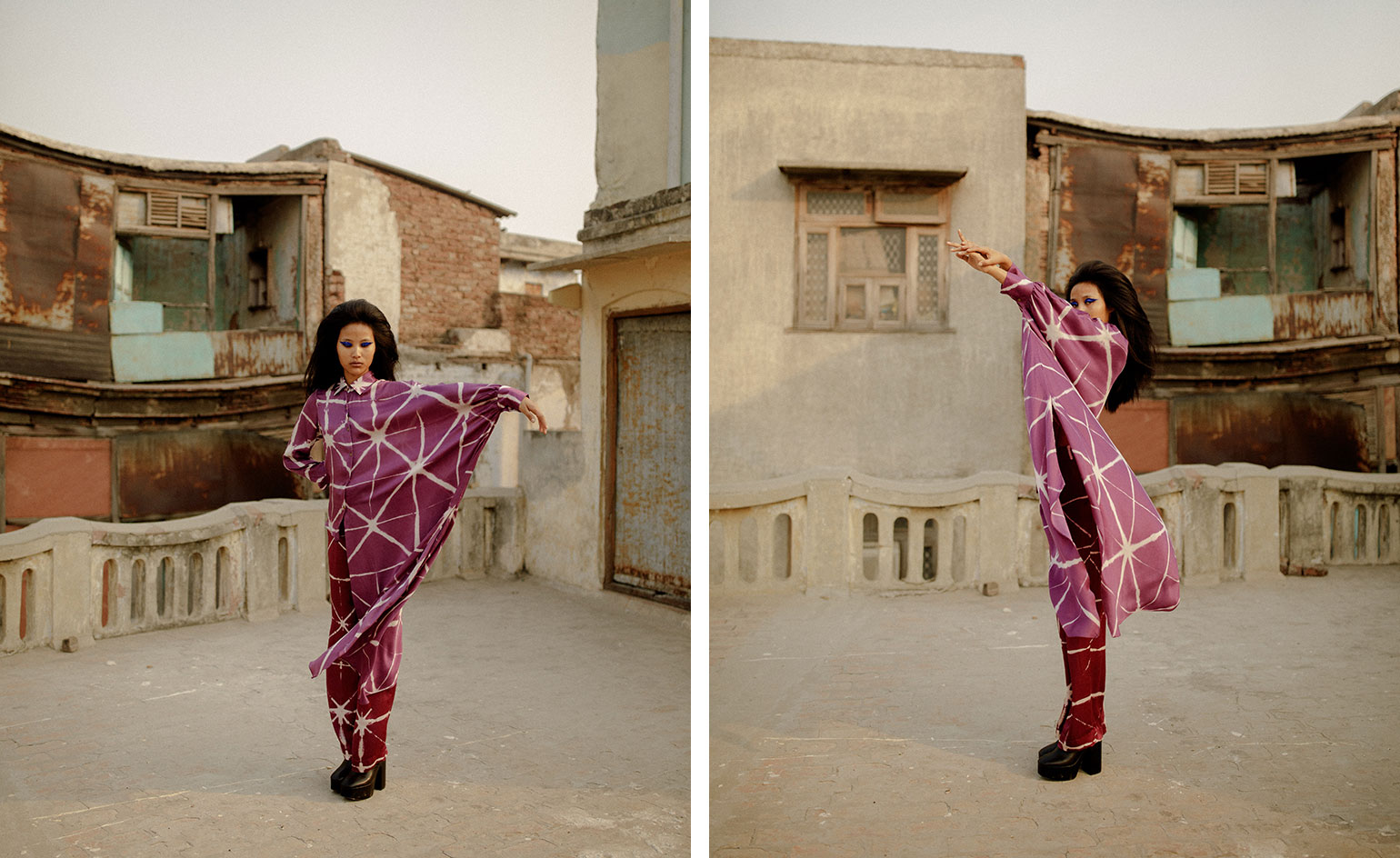 Riya Gupta on empowered femininity
Riya Gupta on empowered femininityStudio Rigu – the New Delhi-based label – founded in 2017 by Riya Gupta, has forward thinking footing
By Dal Chodha
-
 Alber Elbaz on AZ Factory: ‘fashion for a reason, not a revolution'
Alber Elbaz on AZ Factory: ‘fashion for a reason, not a revolution'On 25 April 2021, it was announced that the ebullient and beloved fashion designer Alber Elbaz had passed away. Earlier in 2021, we spoke to him about his new brand AZ Factory
By Laura Hawkins
-
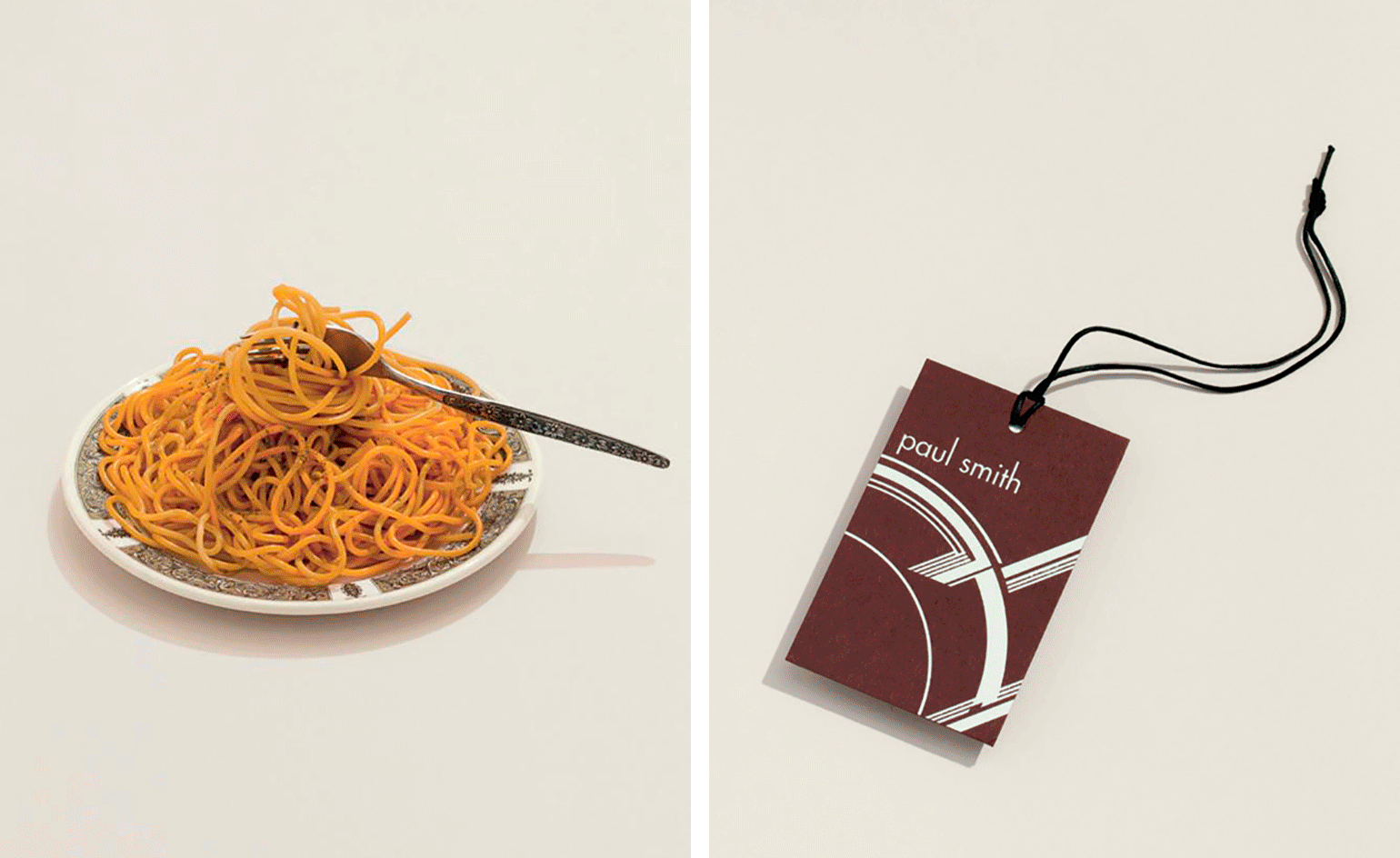 Paul Smith on a few of his favourite things
Paul Smith on a few of his favourite thingsFashion designer and inveterate collector Paul Smith shares a few of his favourite things in a new book, and here with his friend and travelling companion Deyan Sudjic
By Deyan Sudjic
-
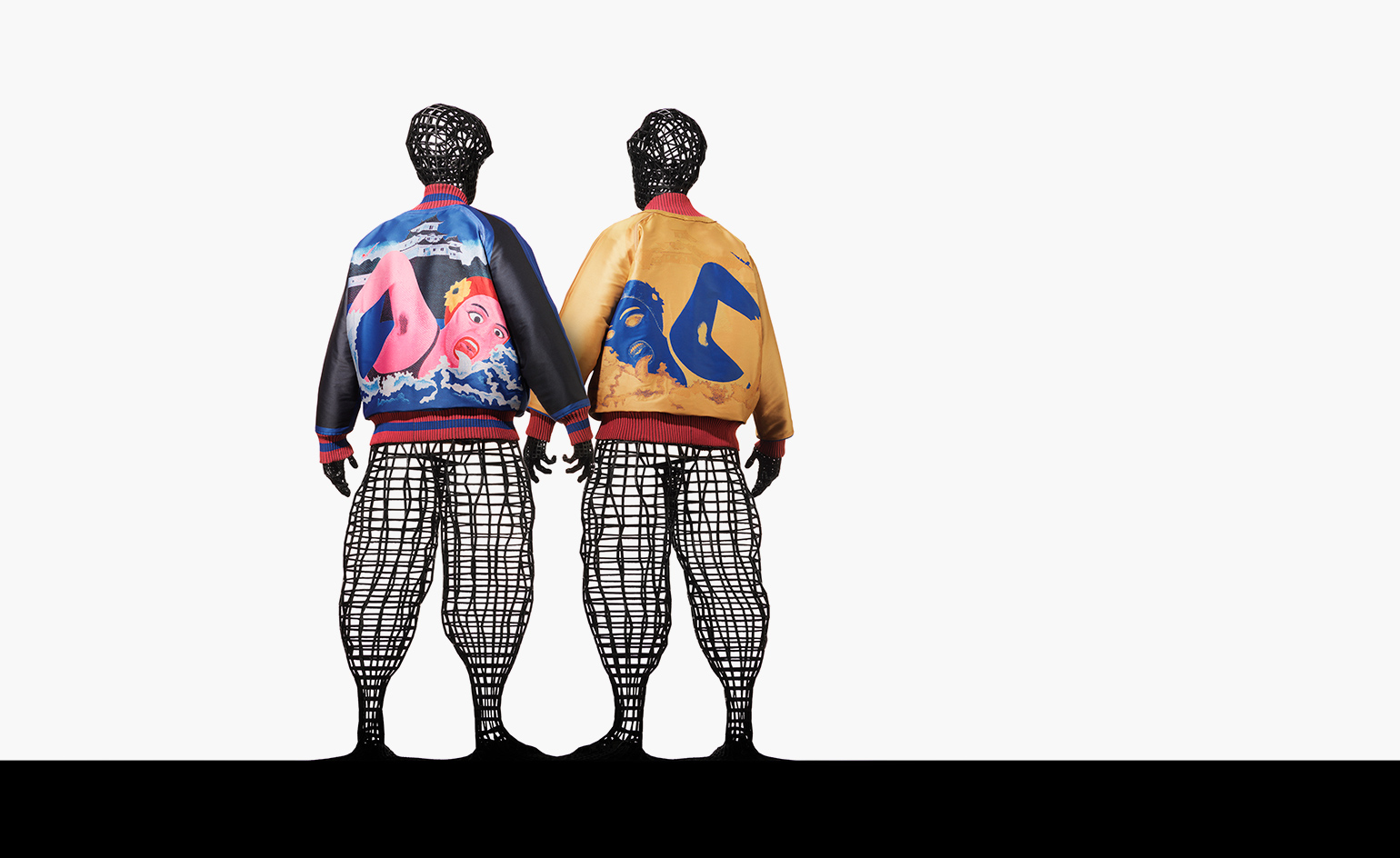 Issey Miyake and Tadanori Yokoo’s pop-culture inspired collaboration
Issey Miyake and Tadanori Yokoo’s pop-culture inspired collaborationTarzan, Jaws and Marilyn Monroe all feature on a series of men's blousons which ‘give a sense of hope and look to the future'
By Danielle Demetriou
-
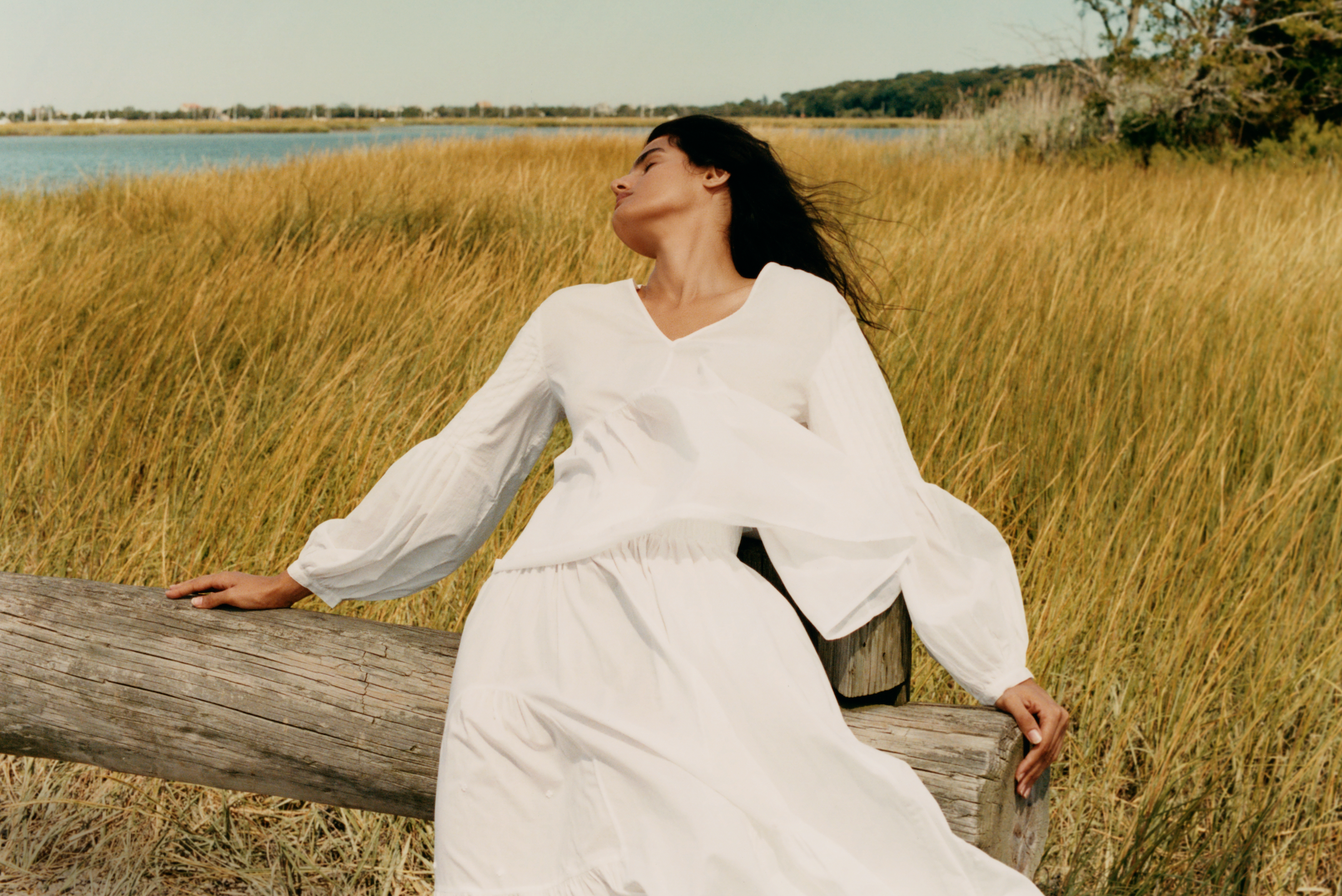 Introducing Merlette, the eco-aware brand elevating easy dressing
Introducing Merlette, the eco-aware brand elevating easy dressingMerlette’s fluid, billowing dresses in easy-to-care-for natural fabrics feel relevant and desirable – and are ideal for wearing year-round at home. No wonder the Brooklyn-based brand is having a moment
By Tilly Macalister-Smith
-
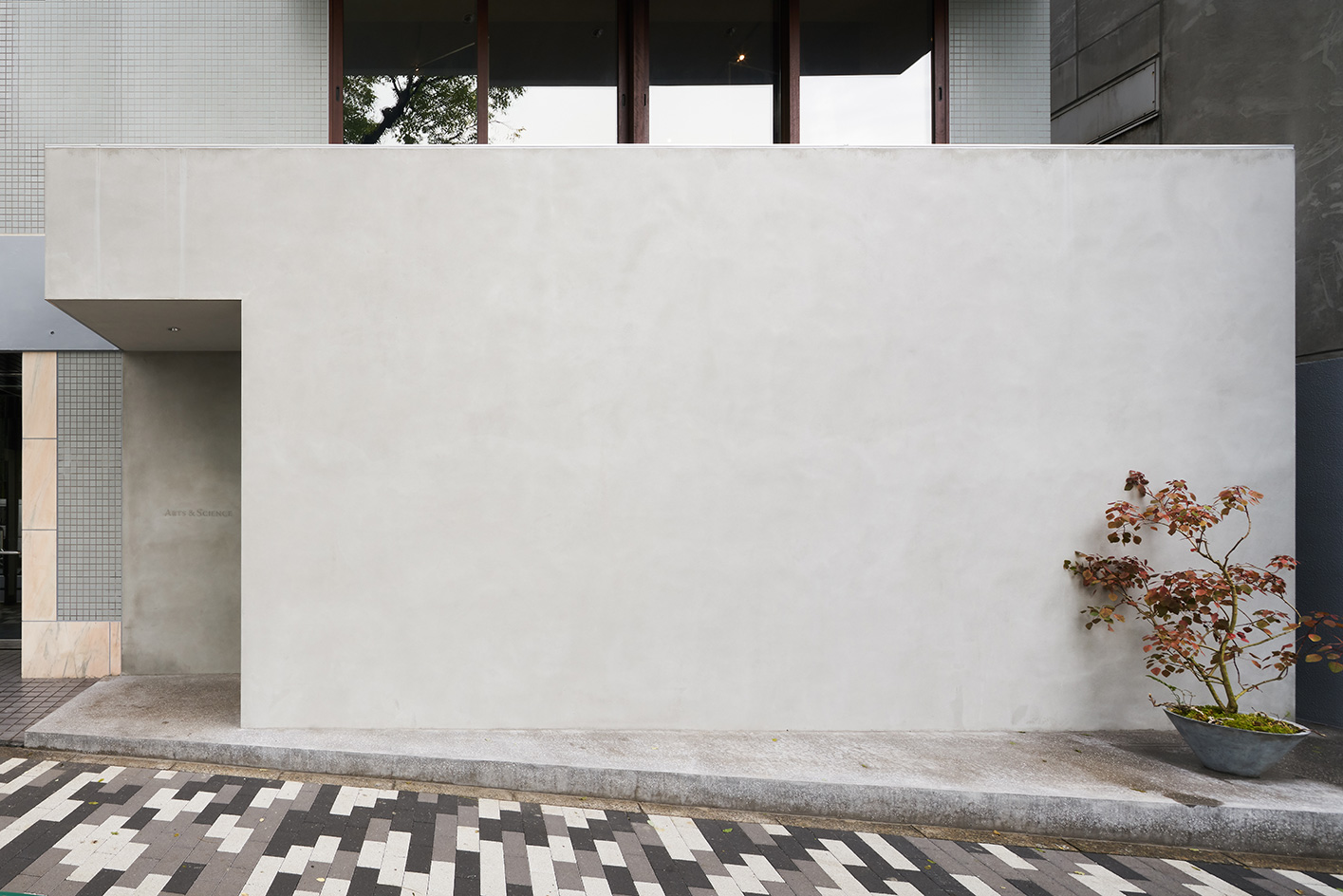 The elegant simplicity of Arts & Science's Aoyama flagship
The elegant simplicity of Arts & Science's Aoyama flagshipDesigned by Atelier Tsuyoshi Tane Architects (ATTA), Arts & Sciene's new Aoyama flagship in Tokyo, offers a play between curves and lines
By Danielle Demetriou